Understanding and Marketing to the Modern LGBTQ Community
Fresh insights on how to successfully and authentically
connect with LGBTQ consumers
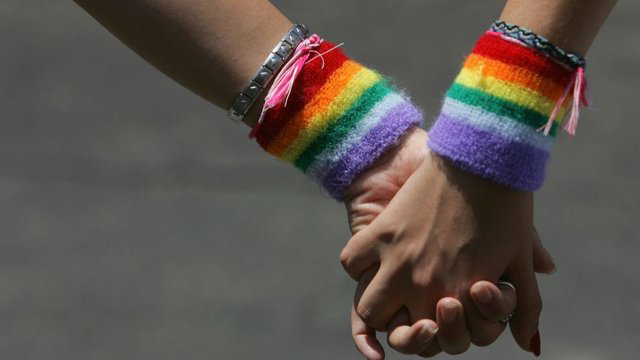
A massive cultural shift is underway driven by conversations around inclusivity and diversity—along with the #MeToo movement. This has had a major impact on marketers, not only on how they connect with the LGBTQ community, but internally on how they treat LGBTQ employees from a sexual orientation and gender identity standpoint.
Many large companies have, for decades, outwardly supported the LGBTQ community through events and programs and included the community in mainstream—and LGBTQ specific—marketing. These companies also have established employee diversity and inclusion programs, as well as benefits for LGBTQ people. The community, which has massive buying power estimated at $917 billion, looks for and understand which companies show true authenticity and will reward them with fierce loyalty and brand activism.
In this series will hear from:
• Valerie Vargas, SVP, AT&T advertising and creative, on the many ways in which AT&T shares pro-LGBTQ marketing messages
• Lauren Longenecker, senior brand manager, Stoli Vodka, who shares how the brand pours on the events and LGBTQ consumers come to imbibe
• Jenn Grace, LGBTQ business strategist at Jenn T. Grace International and an expert in marketing to LGBTQ on the five strategies to successfully connect with the community
• Jeffrey Huang, employee engagement, inclusion & belonging at Salesforce, who outlines the top 10 ways to foster LGBTQ and SOGI inclusivity at events
• T-Mobile's Jen Palmer, director of social marketing and head of the company’s Pride and Allies Employee Network Group, on how the brand built a strong connection with the LGBTQ community
The Many Ways AT&T Shares Pro-LGBTQ Marketing Messages
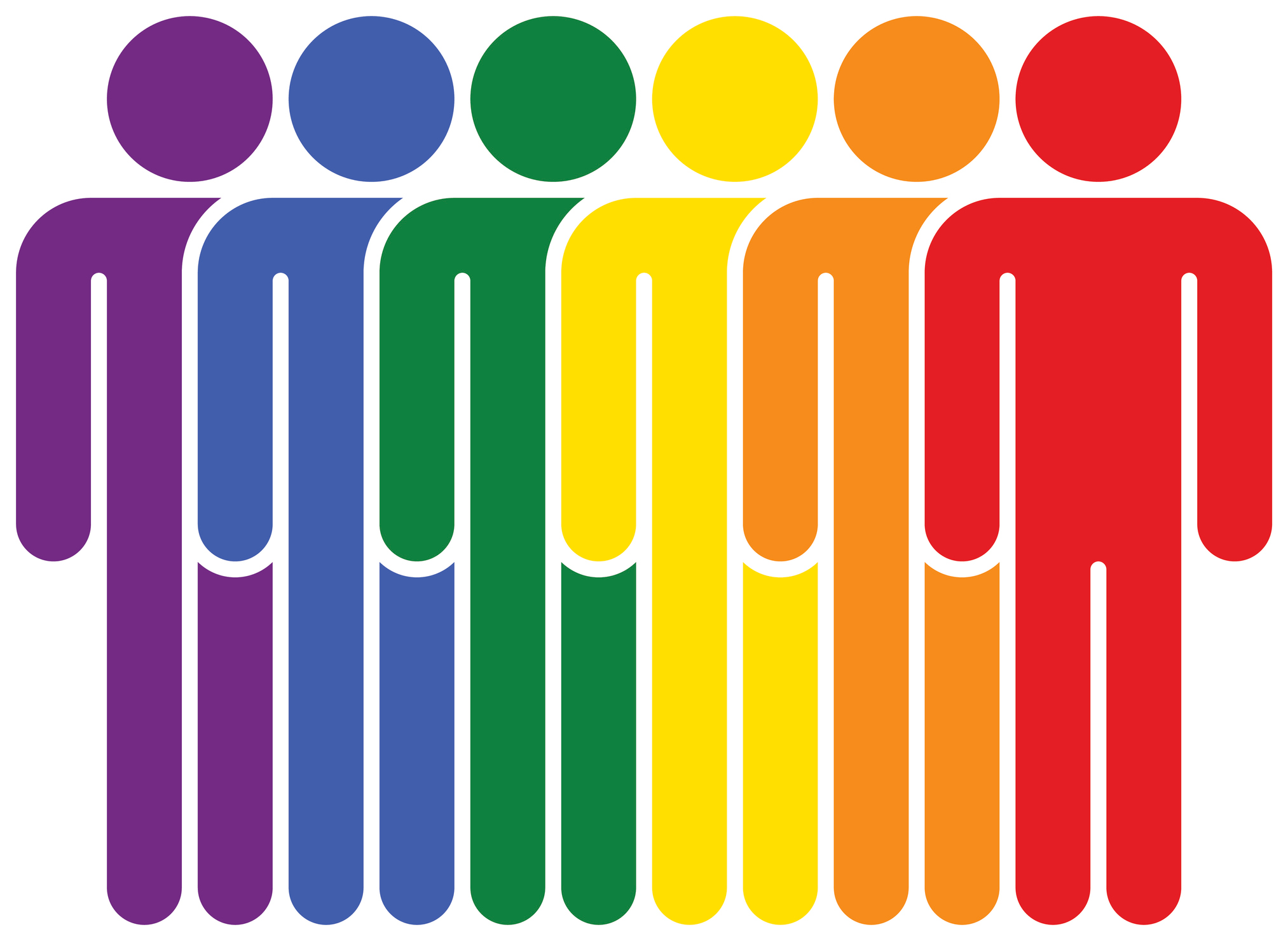
AT&T has a long and impressive history of supporting the LGBTQ community. Back in 1975, it was one of the first major American corporations to adopt a policy prohibiting discrimination against employees based on sexual orientation. In 1987, its employees founded LEAGUE—now one of the oldest LGBTQ and allied employee resource groups in the country. The company has been named one of the “Best Places to Work” by the Human Rights Campaign for 15 consecutive years. And last month, AT&T was recognized by the National Business Inclusion Consortium as a Best of the Best Corporation for Inclusion.
Valerie Vargas, SVP, AT&T advertising and creative, shares the company’s expertise for successfully and authentically connecting with the LGBTQ community.
CHIEF MARKETER: How did you gain your understanding of the LGBTQ community?
VALERIE VARGAS: We have an authentic understanding of the community and its organizations because many of our colleagues, customers and clients are part of the community. We have a vested interest in their success. We listen and make sure we’re treating them equally and that they’re represented and visible in what we do as a company.
CM: What are some of the campaigns you are running for the community?
VV: Our “Turn Up the Love” marketing platform connects LGBTQ and allied consumers to exclusive events and content, which offer opportunities to show support for the community year-round—not just during Pride month.
CM: You support a number of LGBTQ events, are there any in particular you’d like to mention?
VV: The company is particularly proud to be the presenting sponsor of LOVELOUD Fest, a large-scale music festival [June 29] that drives awareness of the importance of LGBTQ acceptance happening in Utah for a third year.
CM: How do you interact with the community from a creative standpoint?
VV: In everything we do, we want to make sure it comes from an authentic place. So we make sure to include diverse points of view and perspectives. We are mindful of the importance of authentic LGBTQ representation in advertising, and understand that supportive messages can inspire new allies, which is why we share them beyond the LGBTQ community.
CM: How do you reach LGBTQ consumers?
VV: We have many different ways in which we share pro-LGBTQ messages in the marketplace. It’s a continuously evolving process as technology evolves and our customers evolve. More specifically, traditional advertising is important to us, of course. We have recently aired a LGBTQ inclusive spot as part of our current national campaign. Our year-round “Turn Up the Love” campaign communications leverage the benefits of social media to connect and engage.
This commercial debuted on April 6 during the Augusta National Women’s Amateur Tournament to showcase AT&T’s commitment to gender equality.
CM: What is your connection to the Trevor Project?
VV: We made a $1 million contribution to the Trevor Project so they could expand their life-saving efforts to help at-risk LGBTQ youth, and we will continue to support to The Trevor Project this year. AT&T is also proud to support GLAAD and LOVELOUD Foundation in meaningful ways that allow these organizations to execute some of their signature programs. Like so many brands today, we also sponsor Pride events.
CM: What do you do internally for LGBTQ employees?
VV: In 1998 we adopted one of the first domestic partner benefits programs for our LGBT employees. In 2006, we were one of the first U.S. corporations to offer transgender-inclusive healthcare benefits. In 2015 AT&T signed the “friends of the court” brief at the U.S. Supreme Court to support the business case for marriage equality. Today, AT&T is proud to be a member of HRC’s Business Coalition for the Equality Act. We support our LGBTQ employees via our LEAGUE LGBTQ employee resource group. Finally, we support policies that advance equality for the LGBTQ community, including the Equality Act.
CM: This community is often extremely loyal to brands that understand it. Have you found that to be true?
VV: Absolutely! Our commitment is genuine. We acknowledge and respect people for who they are so people feel visible and appreciated. As a direct result we believe the LGBTQ community has become more loyal to our brand.
CM: What are your thoughts on diversity and inclusivity in marketing?
VV: Diversity and inclusivity in marketing is the only way to do business because our customers are diverse, our employees are diverse, and the global market is diverse. The world is getting smaller, which means acknowledging and respecting all people is the only way to do business.
CM: What are your thoughts on diversity and inclusivity within the workplace, and specifically, the marketing department?
VV: Diversity and inclusivity within the workplace is a necessity. Whenever you have diverse points of view represented at the table—men, women, people of color, the LGBTQ community, people of various religious and socioeconomic backgrounds—you consider more options, and in turn, make better, more informed decisions. Better information and better decision-making equals success.
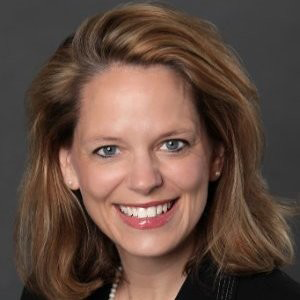
Valerie Vargas, SVP, AT&T advertising and creative
Valerie Vargas, SVP, AT&T advertising and creative
Stoli Pours on the Events and Loyal LGBTQ Consumers Imbibe
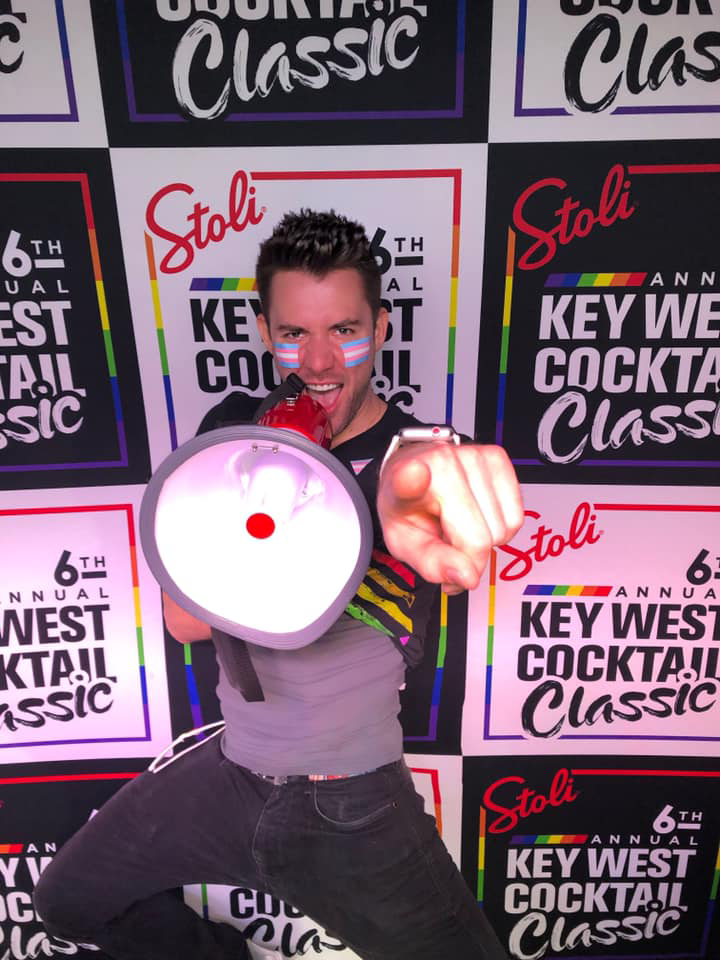
Belly up to the Bar, the Stoli Vodka LGBTQ bartender competition is underway in 14 cities shaking things up in preparation for the grand finale in June, The Stoli Key West Cocktail Classic.
The theme for the weeklong classic, June 4-10, is “Visibility: Making it Loud and Clear” and ties to Stoli’s new brand campaign of the same name. Finalists from the local events will gather to make their Stoli cocktails and, during their presentation, put a spotlight on a person, place, film song or movement previously unseen in the LGBTQ community.
This marks the sixth consecutive year of the classic and one of many of local and national events and programs that Stoli has supported for the community over the last 25-plus years.
“When it comes to marketing we really focus much of our efforts on our events because that engagement, we feel, is more authentic and real versus traditional adverting,” Lauren Longenecker, senior brand manager, Stoli Vodka, says.
Brands that authentically support and understand LGBTQ people earn their loyalty, a group estimated to be 4.5 percent of the U.S. population with massive buying power of $917 billion in 2017, up from $884 billion in 2014.
Stoli in general, and its Key West Cocktail Classic are no exception. The event has grown over the years from the number of cities and attendees at those events to the number of competing bartenders. What began as a three-day weekend six years ago is now a week-long event, thanks to the increasing large number of people that want to join the fun.
Along the way, a lot of lessons learned—not to mention great new cocktail recipes—have been used to improve the events year over year and further build loyalty among LGBTQ. A few examples include a shift in the way local events are promoted—from digital media and direct mail to social media only—which has increased RSVPs to all of the local events. There are Facebook pages for each local event as well as the classic. To maintain a more compact run of show, the number of contestants have been limited and this year audience voting mechanisms are being introduced at each event so attendees can text-to-vote for their favorite at the end of each competition. Attendees also clamored for samples and Stoli did not disappoint.
“We are really getting the audience engaged, not just as spectators, but actually showing up in various markets that have a high concentration of the community,” Longnecker says.
To get a read on ROI, PR, social reach and engagement, audience attendance and sales volume in markets where Stoli executes are all tracked.
Outside of the classic, some of the other events Stoli supports include the Diversity Honors Awards, hosted by the Harvey Milk foundation, the NLGJA Awards by The Association of LGBTQ Journalists, the Night of a Thousand Gowns, as well as various Pride events and festivals throughout the year. In New York in June, Stoli has a full calendar planned for what will be the first World Pride event hosted in the U.S., which coincides with the 50th anniversary of the Stonewall uprising.
“It’s important to engage with the community 365 days a year, not just show up for Pride in June and then take the rest of the year off,” she says. “It is very important to us to physically be there, not just making a donation or donating products.”
Marketing to the Masses
The current mass market global campaign, “Loud and Clear,” which launched last year is supported by the Stoli Key West Cocktail Classic. Print and digital ads feature real people like Frankie and Jackie, two ladies who are engaged. Then there’s Ruben, a fire breather and an LGBTQ advocate.
This video was released as part of the integrated "Loud and Clear" campaign.
“We do recognize it’s important for any group to see themselves reflected in our brand marketing and advertising,” Longnecker says. “So instead of building a separate campaign for the community, we looked at how can we ensure that we are including the community in our overall brand campaign.”
In 2017, Stoli’s “Raising the Bar” digital platform debuted, which reinforces the brands long standing commitment to the community and general equality.
“The main goal is to celebrate the individuals and organizations that are central to advancing diversity and equality within the community,” she says. “Ongoing, that’s our umbrella under which all of our LGBTQ activities fall within.”
Stoli’s Secret Weapon
One of the key components to understanding and marketing successfully to LGBTQ consumers is employing and hiring LGBTQ people.
Patrick Gallineaux is part of the LGBTQ community. He has worked full-time as a Stoli brand ambassador for eight years traveling across North America engaging with charitable partners, advocacy groups, bartenders and bar owners and consumers at various local and national Pride festivals and LGBTQ centric events. He champions the brand, but also listens and learns and delivers those critical insights back to Stoli.
As an example, the “Q” in LGBTQ stands for queer. Years ago that was considered a hurtful and derogatory term. Today, young people have embraced the word so Gallineaux relayed that insight back to Longnecker. In turn, Stoli’s overall program was recast under LGBTQ to ensure it was relevant and inclusive of the entire community.
“Having someone on board like Patrick is a perfect example of how important it is to have diversity and people from various backgrounds have a seat at the table,” she says. “I don’t think we could do what we do specifically with the LGBTQ community to the effectiveness that we have without having someone within from the community on the team. Marketers need to hear from people who have lived different experiences and are living different lives and facing different challenges.”
Back at the classic, each of the 14 finalists will win a seven-day, all-inclusive trip to represent their city in Key West. The champion will serve as the 2019 Key West Pride Parade Honorary Grand Marshal and will receive $10,000 for the hometown charity of their choice and an additional $5,000 for a local Key West charity.
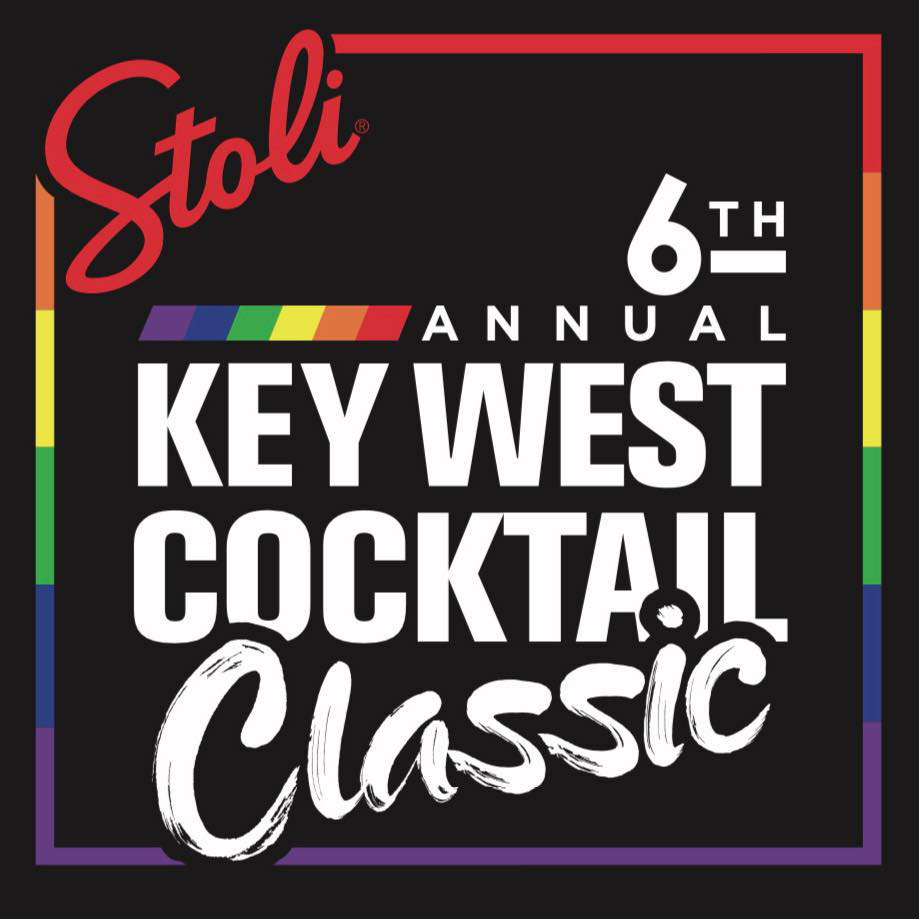
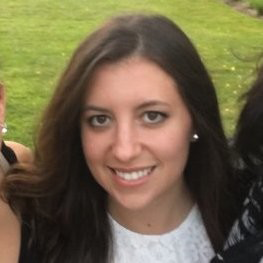
Lauren Longenecker, senior brand manager, Stoli Vodka
Lauren Longenecker, senior brand manager, Stoli Vodka

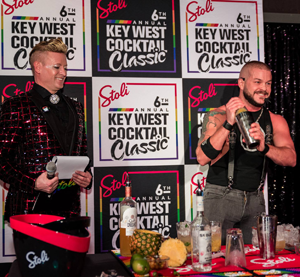
Full-time Stoli Brand Ambassador Patrick Gallineaux (l) with a bartender at the Key West Cocktail Classic
Full-time Stoli Brand Ambassador Patrick Gallineaux (l) with a bartender at the Key West Cocktail Classic
Understanding and Marketing to the Modern LGBTQ Community
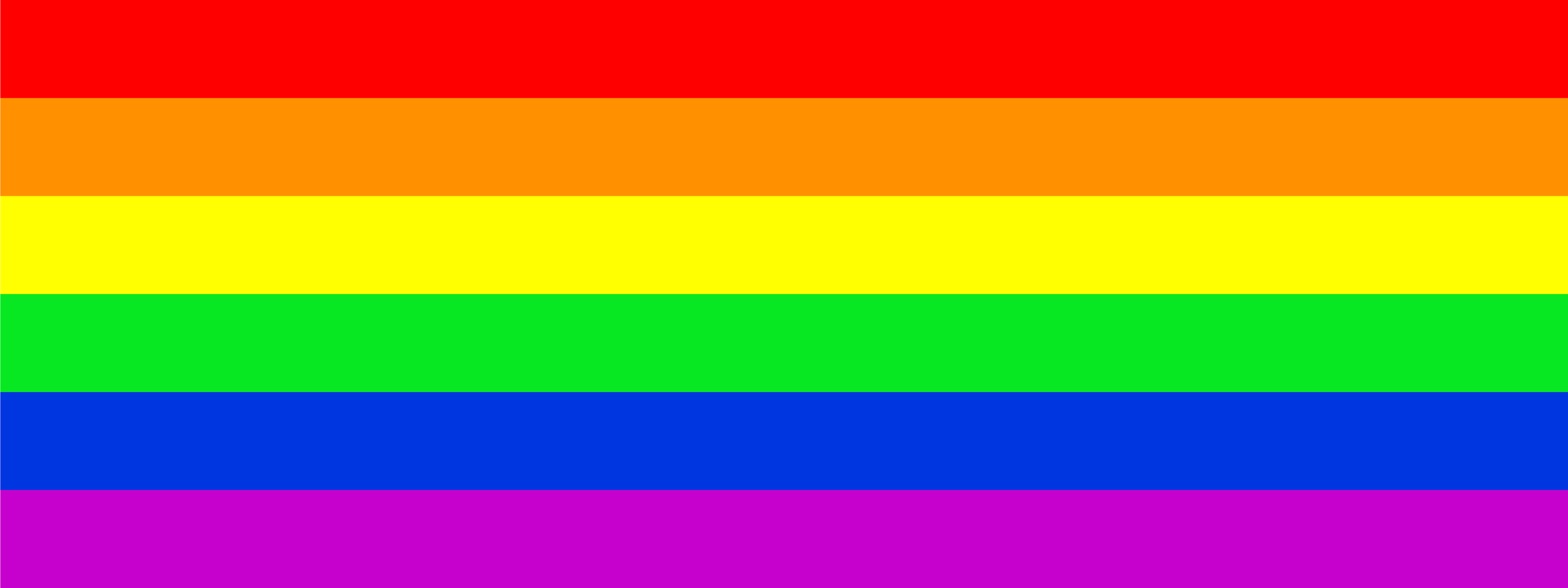
The size of the LGBTQ community is estimated to be 4.5 percent of the U.S. population with massive buying power of $917 billion in 2017, up from $884 billion in 2014.
"Organizations large and small are really starting to see the opportunity that is in front of them to market externally to the LGBT community,” Jenn Grace, LGBTQ business strategist at Jenn T. Grace International says.
Brands like Honey Maid, Allstate Insurance, Cheerios and Campbell Soup have all led the way, featuring gay couples in their marketing—and managing any backlash—making it more likely that others will follow suit. Even so, there are still bumps in the road, hushed conversations at planning tables and fear that releasing, say an ad showing two gay men, would endear the brand to LGBTQ people, but perhaps turn off an even a larger portion of its customer base.
“There’s definitely an underlying fear, but it’s a matter of having those conversations,” Grace says. “The buying power is there. The numbers are there and we as a community are exceptionally loyal. So the fear and hesitation that one might have is far outweighed by the potential opportunity. There’s still a large percentage of our population that are anti LGBTQ, but I always say it’s the loud minority. It’s the smallest number of people with the biggest mouths that are the ones casting the little bit of doubt for these organizations that legitimately want to do good.”
Grace offers the following tips to market successfully and authentically to the LGBTQ community:
Take baby steps
You don’t have to do all or nothing. This doesn’t mean taking out a full-page ad in Forbes or setting up a booth at World Pride in June in New York City. Step into the conversation from where you’re based or have a large footprint. Identify local organizations specific to gay and lesbians to begin to get involved. This will not only show your support for the community, but will help you learn more about the target audience.
“That’s a great baby step. It’s a safe space,” Grace says. “That organization is going to want to support your company. Sometimes it just takes going in and asking, ‘what local non-profits or organizations can we get involved in? What can we have our employees do that is helping give back to the community?' And then do it."
Go big and bold
If you’ve mastered the baby steps it might be time to take out a booth at a local Pride event. There, you can show your support for the community and create a space where people can share information about your brand and sign up new customers. You’ll make a statement and it’s not going to trickle down to your entire customer base.
Conduct a debrief. Understand what the feedback was. Were people shocked? Surprised it took so long for your brand to get there? Were people annoyed? This all helps strategize your next effort. You may discover great success or perhaps it’s not the right fit.
“That’s where you want to weigh the pros and cons and does this make sense for our particular business. In some cases it might not. Trying to force it is only going do more damage to the company’s brand and make the community even more skeptical of them,” Grace says.
Be aware how the message comes across
Marketers who are not astute to the nuances of the community may, in some cases, serve advertising and marketing specifically to LGBTQ but then silo it in LGBTQ specific websites, publications and media channels instead of incorporating the community into mainstream marketing.
“They think they are doing a good job and doing something good, but it’s not inclusive in a broad sense of the word,” and that’s clear to the community, she says. “It’s not to say you can’t do both, but oftentimes organizations are just dipping their toe in water. But what they’re really doing is sending a broader message to the community that they don’t feel comfortable enough to actually include LGBT people as part of their mainstream advertising. So from a marketing standpoint, the most important thing to do is simply to include LGBT people as part of the bigger marketing strategy.
Another nuance that may be missed is around the letter Q in LGBTQ. It stands for the word “queer,” which has been around for decades, but early usages were considered derogatory toward LGBTQ people. “There was nothing positive about that word,” Grace says.
But now, the word is embraced by the younger generation. Younger people, primarily between the ages of 18 and 36, are now more likely to identify as LGBTQ younger in life than those 65 and older.
“From a marketing standpoint knowing the nuance of something as simple as that is one of those mistakes that people make because they might have somebody internally on their team that has no idea that there’s a nuance around that term,” she says. “If your audience is older that is going to harm your brand, but if your audience is younger you’re probably going to be ok.”
So for example, if AARP, which serves older Americans, used the word queer in its marketing “ that would be the kiss of death, because you have no idea how people for people over 40 feel about that word,” she says.
Get your house in order
Companies that want to start marketing to the community need to look internally. What do the employment policies look like? How are you treating your employees? What type of benefits are you offering?
“If a company that notoriously has terrible discriminatory policies and practices toward the community and no benefits and tries to advertise or get involved in any way they are going to be met with skepticism until they prove otherwise,” she says. “Unless you’re getting yourself together on the back end all of the money in the world you spend on advertising is completely wasted.”
Many in the community rely on the Corporate Equality Index Buying Guide that reviews and rates companies on workplace policies toward LGBTQ employees to determine which brands they will buy from.
“It’s very easy to look at the guide and say, ‘I need pet supplies, do I go to company A or company B? It’s very simple math for a lot of people,” Grace says.
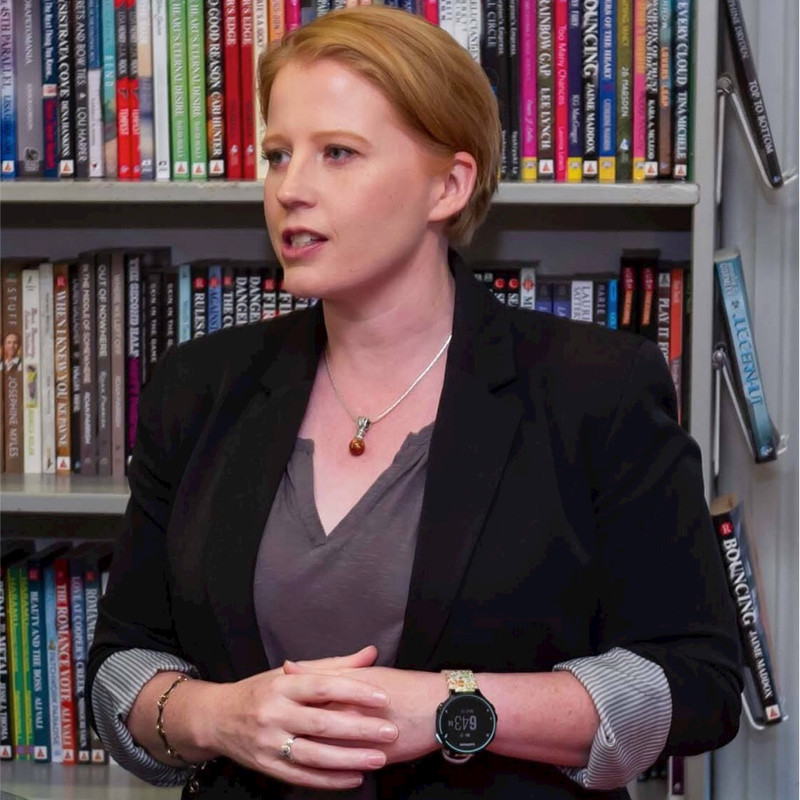
Jenn Grace, LGBTQ business strategist at Jenn T. Grace International
Jenn Grace, LGBTQ business strategist at Jenn T. Grace International
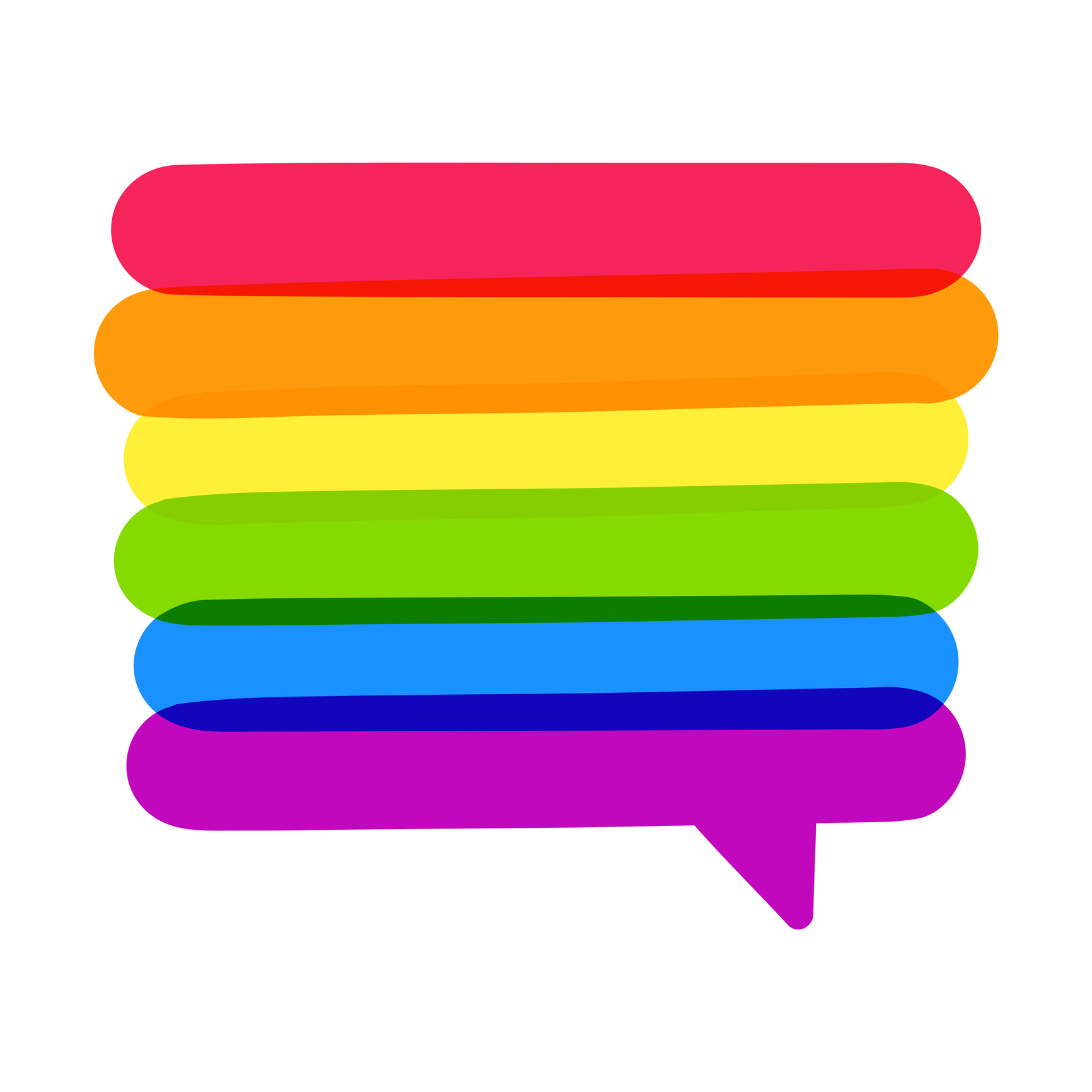
Many in the community rely on the Corporate Equality Index Buying Guide that reviews and rates companies on workplace policies toward LGBTQ employees to determine which brands they will buy from.
Many in the community rely on the Corporate Equality Index Buying Guide that reviews and rates companies on workplace policies toward LGBTQ employees to determine which brands they will buy from.
10 Ways to Foster LGBTQ and Gender Identity Inclusivity at Events
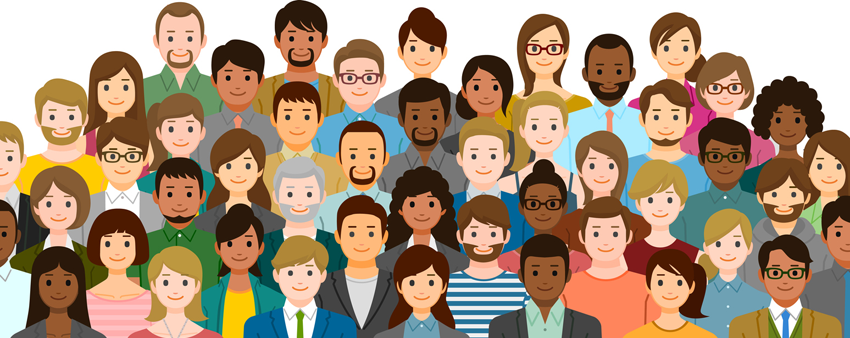
Jeffrey Huang, employee engagement, inclusion, & belonging at Salesforce, shares how to ensure all guests feel seen, heard, and considered.
Inclusive event planning is good event planning—it’s thinking about the seemingly small details that can make a big difference in how a guest experiences your event. Accessibility accommodations or diverse gender options on an RSVP form can influence a guest’s experience as much as a smooth check-in process or perfectly curated swag bag.
In addition to creating the best experience for all attendees, truly inclusive event planning reflects the diverse communities an organization serves. When guided by inclusive marketing principles, events can elevate diverse voices, decrease bias, and lead positive social change through thoughtful and respectful attention to detail. Events can be wonderful opportunities to showcase an organization’s inclusive values.
Inclusion also benefits your bottom line
According to a report by Salesforce Research (“The Impact of Equality and Values Driven Business,”) consumers across generations prefer to engage with values driven companies that invest in and support their communities. Gallup estimates five percent of the world population identifies as LGBTQ. In large metropolitan areas (e.g., Seattle, Atlanta, San Francisco), the estimate rises as high as 15 percent. Sexual orientation and gender identity (SOGI) inclusivity needs to be a part of every event planning process because feeling included can have a powerful effect on the overall event experience. When companies don’t focus on inclusion, they risk appearing disengaged, out of touch, or even offensive—however, when they successfully plan inclusive events they better connect with their diverse customers and build lasting brand loyalty. From venue selection to RSVP forms to restroom signage, it’s important to make sure all guests feel seen, heard, and considered.
Here are 10 ways to foster LGBTQ and SOGI inclusivity at events:
1. Location When choosing an event location, think about whether it’s the right fit for a diverse audience—including the country, state, city, neighborhood and venue. Is it a welcoming and appropriate place to bring this community of people together?
2. Speakers Think about who will be on stage or presenting. These people are visible and prominent representations of the event and should reflect the diversity in the community. (Gender identity, sexual orientation, race, age, etc.)
3. Vendors Are any LGBTQ-owned? Most metropolitan areas have an LGBTQ business directory, and the National LGBT Chamber of Commerce provides a list on their affiliate chambers’ websites.
4. RSVP Forms On RSVP forms, you can ask for guests’ gender pronouns (e.g., he, she, they), but only ask for their gender if it’s necessary for the event. If asking for gender, provide a blank write-in field so guests aren’t limited to a set of predetermined choices. If asking for honorifics, include the standard options like Mr., Mrs., Ms., Dr. Rev., etc. along with the gender-neutral honorific “Mx.”
5. Communications Words matter, especially when addressing guests. Try to use gender-neutral terms whenever possible. Some easy swaps to make your language more SOGI inclusive:
• Instead of “his” or “hers” → “theirs” (the singular “they”)
• Instead of “guys” → “friends,” “folks,” “colleagues,” “team,” and “y’all”
• Instead of “ladies and gentlemen” → “distinguished guests”
6. Check-In & IDs When checking in guests, consider whether photo IDs are actually needed. This inquiry is important because transgender or gender non-conforming attendees might have IDs that don’t match the name under which they registered. If IDs aren’t required, just ask for an attendees name and check them in.
7. Badges If guests receive name badges, provide pronoun stickers or a write-in field on the badge so attendees can indicate how they want to be addressed.
8. All Gender Restrooms Allow guests to use the restroom that suits their gender identity, without policing or questions. If a venue doesn’t have all gender restrooms, try to find one with single-occupancy restrooms. These can easily be converted to “all gender” restrooms and eliminate the possibility of anyone feeling uncomfortable.
9. Train Staff Educate event staff—including any volunteers, vendors, and speakers—on these best practices for event inclusivity.
10. Zero Tolerance Policy Implement a zero tolerance policy when it comes to homophobic or transphobic language or behavior at events. If anyone acts inappropriately, the best thing to do is talk to them about it, and remove them from the event if necessary. If something goes wrong and it affects a guest, immediately apologize, and let them know the steps being taken to fix the situation.
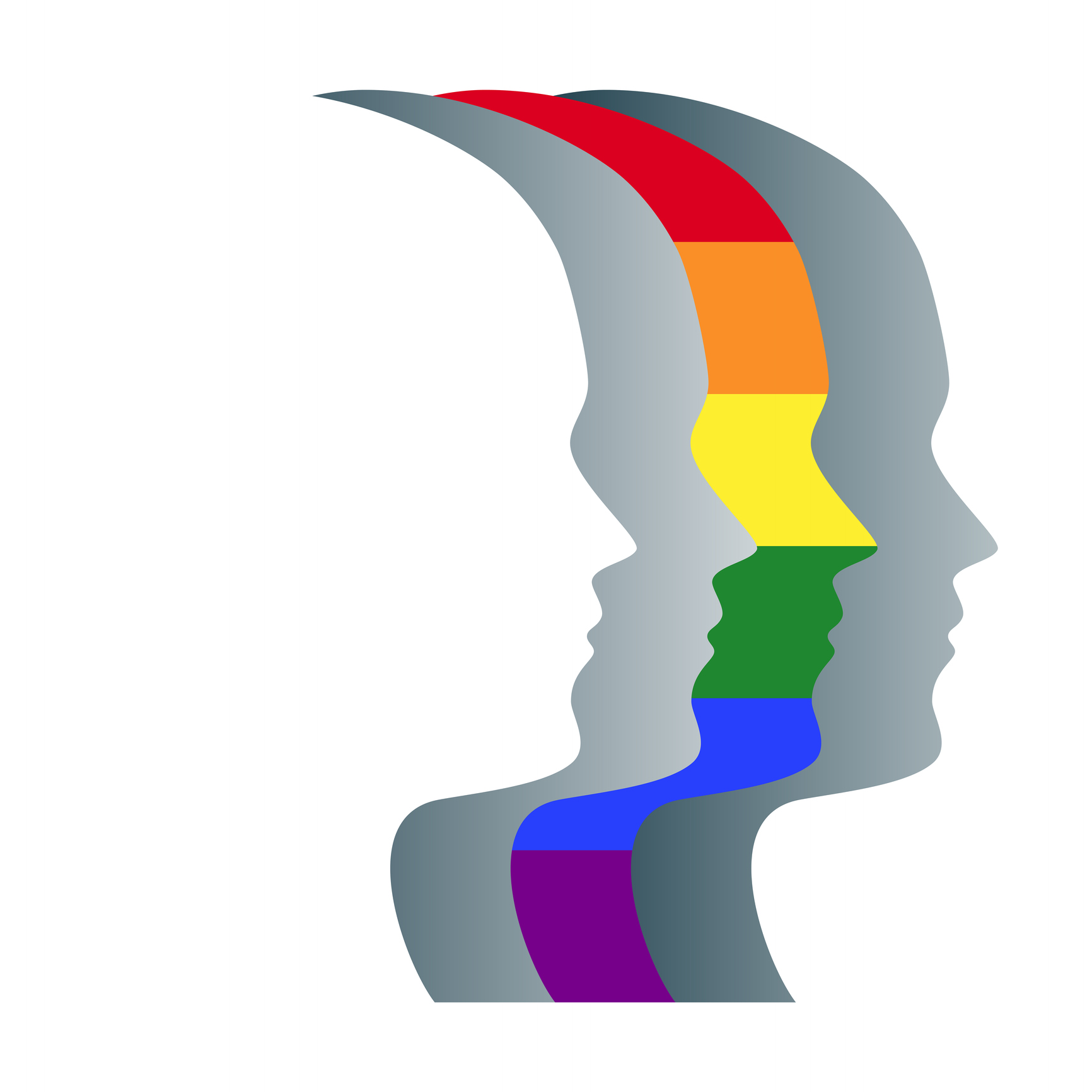
Consumers across generations prefer to engage with values driven companies that invest in and support their communities
Consumers across generations prefer to engage with values driven companies that invest in and support their communities
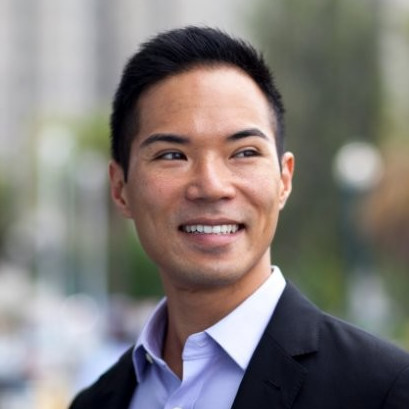
Jeffrey Huang is employee engagement, inclusion, & belonging at Salesforce.
Jeffrey Huang is employee engagement, inclusion, & belonging at Salesforce.
How T-Mobile Built a Strong Connection with the LGBTQ Community
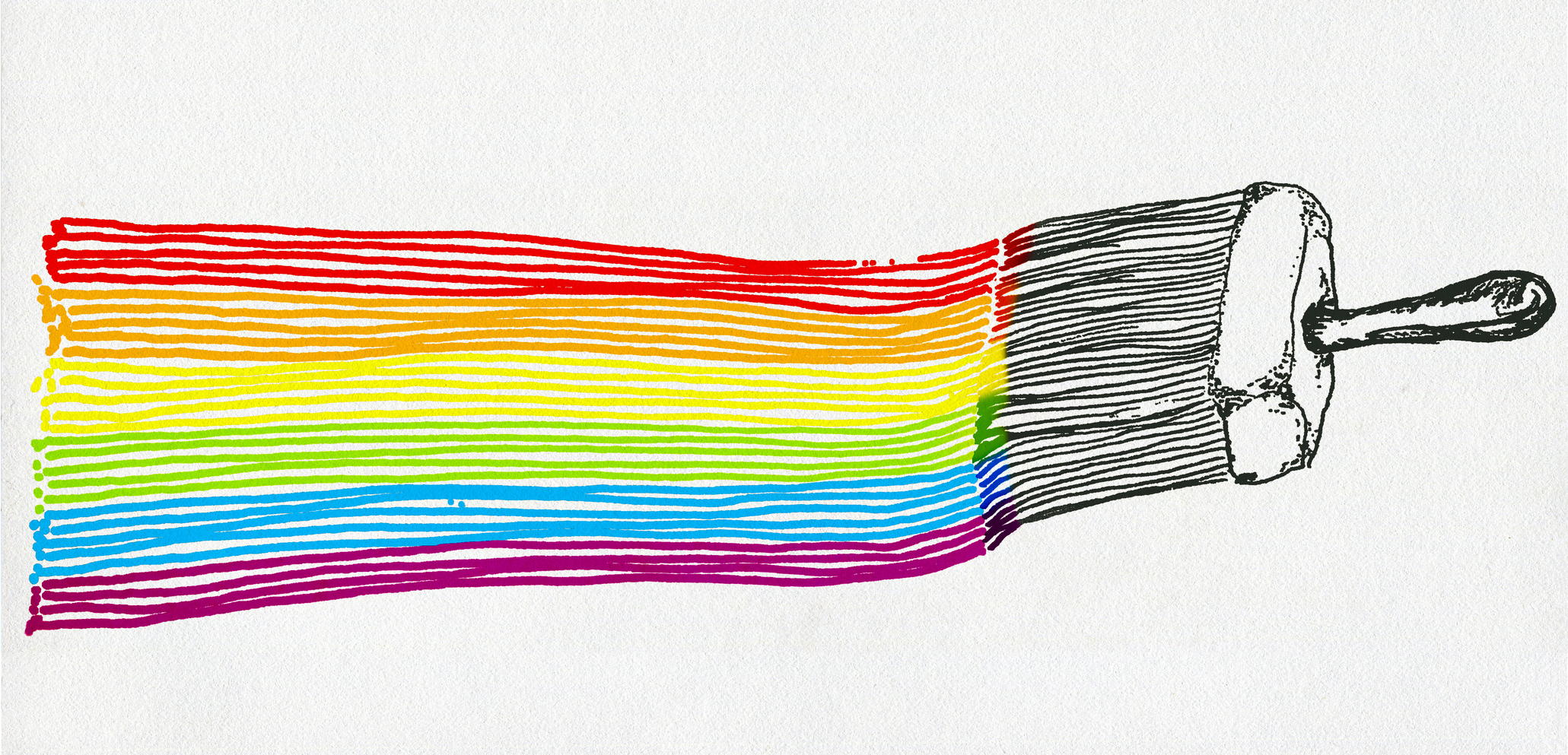
T-Mobile is one of many brands successfully connecting with the LGBTQ community. It has been involved at various sponsorship levels with Pride events throughout the nation since 2014, and participated in nearly 80 events last year alone.
Internally, the brand is a leader in diversity and inclusion, forming 50 local D&I (diversity and inclusion) chapters with more than 22,000 employees participating. T-Mobile is the presenting corporate sponsor of WorldPride|Stonewall 50 in June, the first WorldPride hosted in the U.S. with more than 4 million people expected to attend.
Jen Palmer is director of social marketing at T-Mobile and is also the head of the company’s Pride and Allies Employee Network Group. She shares the company’s strategy on marketing to the powerful LGBTQ community that holds immense buying power, yet demands proof of true diversity and inclusion from brands they will show loyalty to.
CHIEF MARKETER: How long have you been marketing to and supporting the LGBTQ community?
JEN PALMER: While our official diversity and inclusion programs hit their five-year anniversary in the fall of 2018, the concept of being a diverse and inclusive company has been at the heart of our culture from the beginning. We are always looking for more that can be done, which is actually one of the challenges with investing in diversity and inclusion—there is always so much more we want to accomplish.
CM: What do brands need to understand about LGBTQ marketing ?
JP: Brands have to go all-in if they want to market for diversity and inclusion. Consumers are smart, and they can see beyond the brands who are doing something just to benefit their bottom line, it has to be part of a company’s culture, at every level.
CM: How did T-Mobile build a strong connection with this community?
JP: By listening to our customers: customers who are heard, not dismissed—diverse customers across the country from every region, economic class, race, sex, creed, gender identity and sexual orientation. Our frontline employees are our best representation of who we are as a company, which makes it a great way for our customers to experience our authenticity for diversity and inclusion firsthand.
CM: How do you interact with the community from a marketing standpoint?
JP: Our priority is listening to the community, and this means that marketing approaches have to be nimble, and may change overtime. While T-Mobile’s marketing strategy started as a grassroots effort, over the years we have evolved to taking more of a proactive role celebrating with employees, our customers and the community.
CM: Do you craft messages and images specific to this community?
JP: Messaging is centered around the love of the community versus stating our value proposition. We proudly declare that T-Mobile stands with its LGBTQ employees and customers who continue to fight for equal rights for all. Our motto is “Our Pride is Unlimited and so is our Support.”
CM: What marketing channels do you use?
JP: T-Mobile meets our customers where they engage the most—whether that’s social media, advertisements, blog posts or community events. We’ve even gone as big as talking to consumers about equality during the 2018 Super Bowl by featuring a commercial with a diverse group of babies to promote our campaign, “Are You With Us?” The campaign is an invitation to people who are ready to be part of something, to join something bigger and experience more than just another wireless service.
We believe in creating a culture—at all levels—that is diverse as our customer base. This means that there is no perfect formula for marketing for everyone, but we do all that we can to show up where our customers are. Specific to LGBTQ support, this means showing up in communities, participating in Pride events and supporting our employees through our Pride and Allies Network—we’re always looking for new and fun ways to engage.
CM: Have you found that this community is extremely loyal to brands that understand it?
JP: Without a doubt, the LGBTQ community knows which brands authentically embrace them. This population has immense buying power, so companies need to be thoughtful when speaking directly to them. But, this is not just about consumer buying power—it is also about encouraging our employees and our communities to embrace inclusion and be themselves. We embrace and promote inclusion at all levels, so we can better connect to our customers. By listening to the community and understanding their needs, we can continue to show up in ways that are supportive and encouraging.
CM: What are your thoughts on diversity and inclusivity within the workplace?
JP: We believe it’s extremely important to create a work environment that is an inclusive and safe space for all employees to authentically be themselves to foster innovation and spark creativity. We have six employee Diversity and Inclusion networks and more than 50 local chapters—which means T-Mobile has one of the most robust D&I networks in the industry —with more than 22,000 employees actively participating. These networks enhance T-Mobile as a safe, accepting and exceptional workplace for all employees, and move the business forward to greater growth. As T-Mobile continues to be a leader in diversity and inclusion, it’s increasingly critical to not only know who our employees are, but also inspire and empower everyone to bring their full, true selves to work.
CM: What is the role of the Pride and Allies Network?
JP: The network provides a collaborative space for LGBTQ employees and allies to network, share experiences and have fun. In addition to my role on the marketing team, I am also the chair for the network, working with a team to help identify opportunities for professional development, develop educational programs on matters of importance to the LGBTQ community and assist the business with outreach to employees and customers.
CM: How do you determine goals for the network?
JP: We listen to our LGBTQ employees to find out how to best support them as a company, be more inclusive and supportive. We have a number of employee benefits, like transgender specific medical coverage, adoption/surrogacy benefits, paid time-off programs that align with feedback we have heard from employees. Our Pride and Allies Employee Network Group partners with HR to continually re-assess where we need to add or improve benefits policies based off of our diverse set of employees, and their preferences.
CM: What kind of reactions do you get from the LGBTQ community?
JP: One of my favorite moments of being a T-Mobile employee each year is being involved in various Pride parades alongside my colleagues, their families and the community. It is hard to explain in words—but there is a feeling of joy that you can just see in the community. But, at the same time, you think about how far we have come, and all the work still to be done.
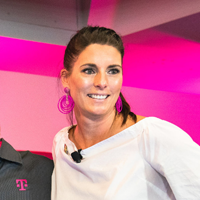
T-Mobile's Jen Palmer is director of social marketing and head of the company’s Pride and Allies Employee Network Group.
T-Mobile's Jen Palmer is director of social marketing and head of the company’s Pride and Allies Employee Network Group.
